RBA left cash rate unchanged at 1.50% as widely expected. There is no dovish shift in the statement yet. The central bank continues to sound non-committal and noted “the Board will continue to monitor developments and set monetary policy to support sustainable growth in the economy and achieve the inflation target over time.”
There are little changes in substances in the statement too. RBA noted that GDP data paint a “softer picture” of the economy than job data. It acknowledged the mere 0.2% growth in Q4 and 2.3% over 2018. It also noted that “growth in household consumption is being affected by the protracted period of weakness in real household disposable income and the adjustment in housing markets.”
Employment and inflation outlook are unchanged. RBA expects “continued improvement in the labour market is expected to see some further lift in wages growth over time”, gradually. Inflation is expected to pick up gradually over the next couple of years. The central scenario is unchanged for inflation to hit 2% in 2019 and 2.25% in 2020.
Here is the full statement:
Statement by Philip Lowe, Governor: Monetary Policy Decision
At its meeting today, the Board decided to leave the cash rate unchanged at 1.50 per cent.
The outlook for the global economy remains reasonable, although growth has slowed and downside risks have increased. Growth in international trade has declined and investment intentions have softened in a number of countries. In China, the authorities have taken steps to ease financing conditions, partly in response to slower growth in the economy. Globally, headline inflation rates have moved lower following the earlier decline in oil prices, although core inflation has picked up in a number of economies. In most advanced economies, unemployment rates are low and wages growth has picked up.
Global financial conditions remain accommodative and have eased recently. Long-term bond yields have declined further, consistent with the subdued outlook for inflation and lower expectations for future policy rates in a number of advanced economies. Across a range of markets, risk premiums remain low. Equity markets have also risen and are being supported by growth in corporate earnings. In Australia, long-term bond yields have fallen to historically low levels and short-term bank funding costs have moderated further. The Australian dollar has remained within its narrow range of recent times. While the terms of trade have increased over the past couple of years, they are expected to decline over time.
The Australian labour market remains strong. There has been a significant increase in employment and the unemployment rate is at 4.9 per cent. The vacancy rate remains high and there are reports of skills shortages in some areas. The stronger labour market has led to some pick-up in wages growth, which is a welcome development. Continued improvement in the labour market is expected to see some further lift in wages growth over time, although this is still expected to be a gradual process.
The GDP data paint a softer picture of the economy than do the labour market data. GDP rose by just 0.2 per cent in the December quarter to be 2.3 per cent higher over 2018. Growth in household consumption is being affected by the protracted period of weakness in real household disposable income and the adjustment in housing markets. The drought in parts of the country has also affected farm output. Offsetting these factors, higher levels of spending on public infrastructure and an upswing in private investment are supporting the growth outlook, as is the steady growth in employment.
The adjustment in established housing markets is continuing, after the earlier large run-up in prices in some cities. Conditions remain soft and rent inflation remains low. Credit conditions for some borrowers have tightened a little further over the past year or so. At the same time, the demand for credit by investors in the housing market has slowed noticeably as the dynamics of the housing market have changed. Growth in credit extended to owner-occupiers has eased. Mortgage rates remain low and there is strong competition for borrowers of high credit quality.
Inflation remains low and stable. Underlying inflation is expected to pick up gradually over the next couple of years, although this has been taking a little longer than earlier expected. The central scenario is for underlying inflation to be 2 per cent this year and 2¼ per cent in 2020. In the near term, headline inflation is expected to decline because of lower petrol prices earlier in the year, while underlying inflation is expected to remain broadly stable.
The low level of interest rates is continuing to support the Australian economy. Further progress in reducing unemployment and having inflation return to target is expected, although this progress is likely to be gradual. Taking account of the available information, the Board judged that it was appropriate to hold the stance of policy unchanged at this meeting. The Board will continue to monitor developments and set monetary policy to support sustainable growth in the economy and achieve the inflation target over time.




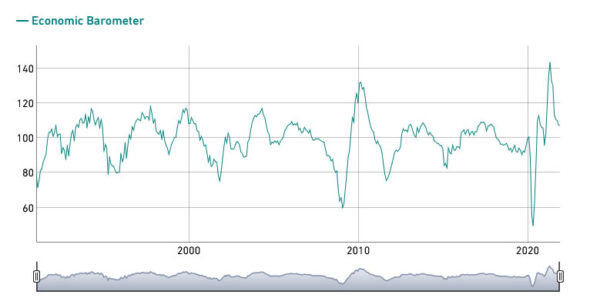
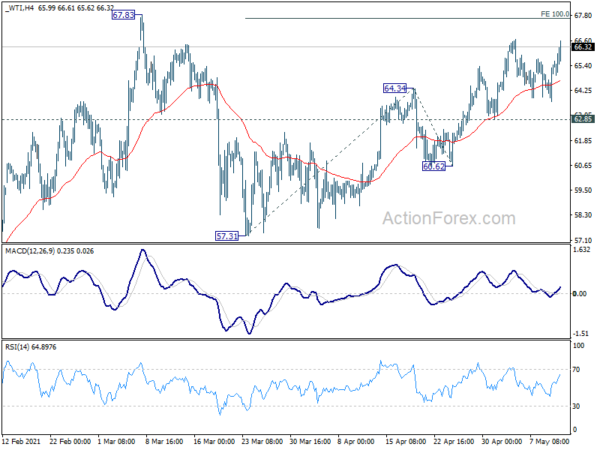
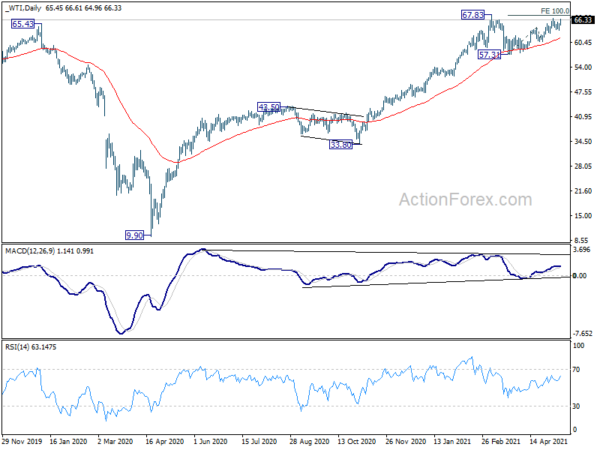
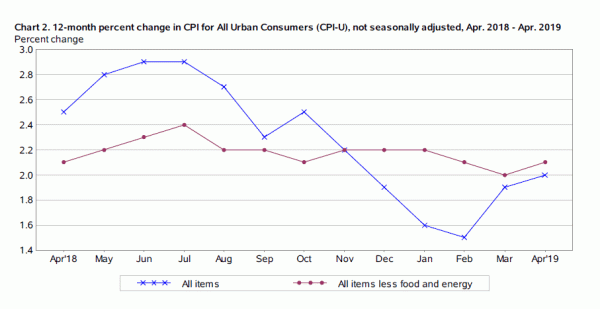
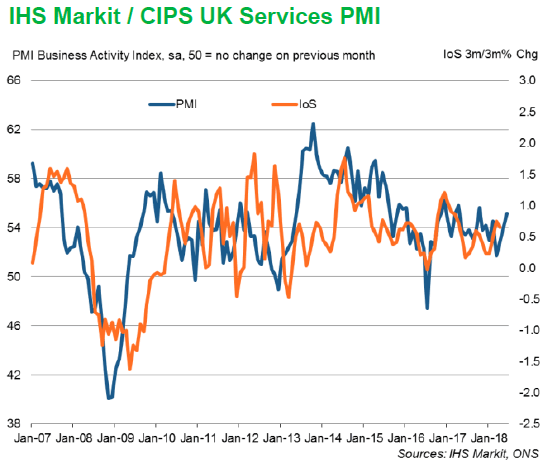
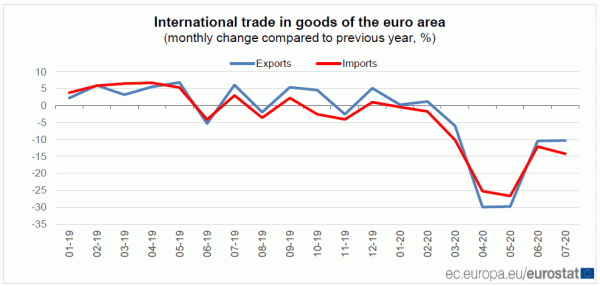
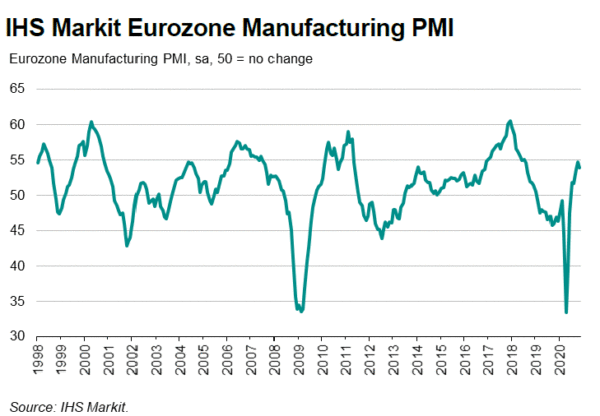
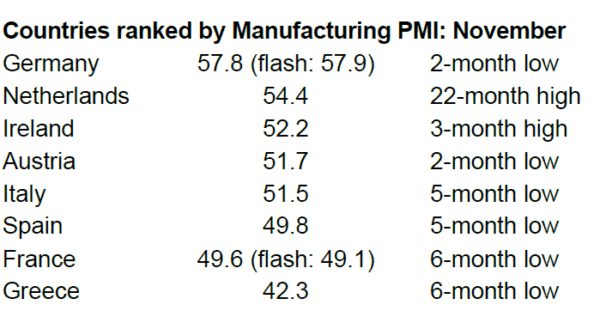
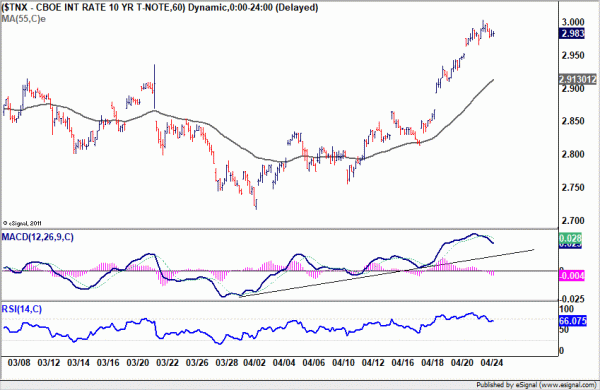
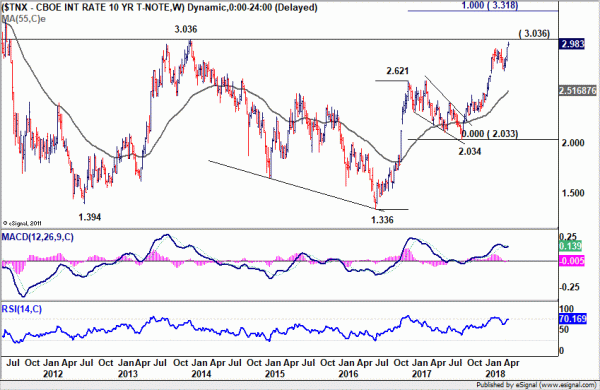
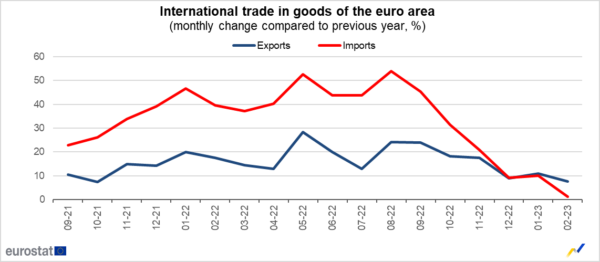
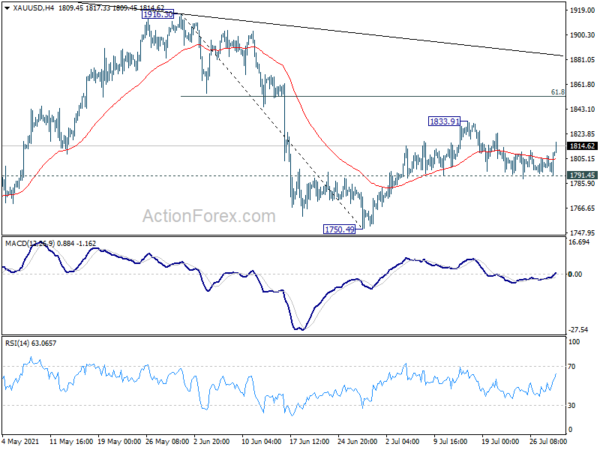
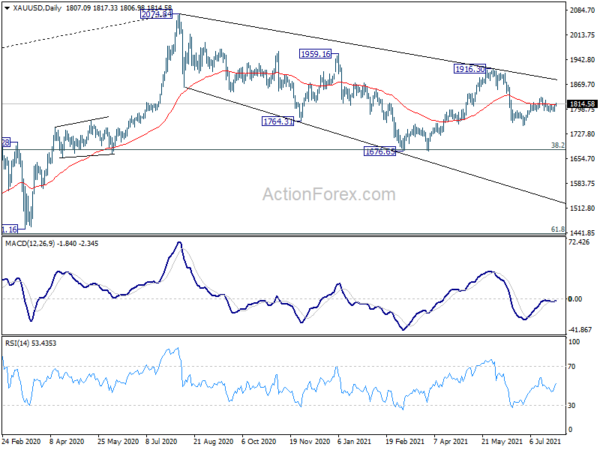
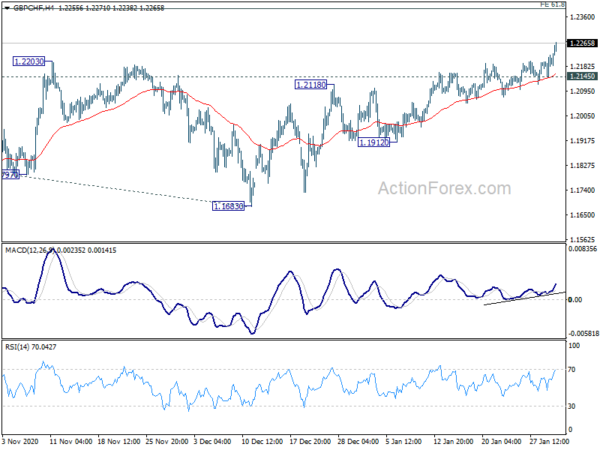
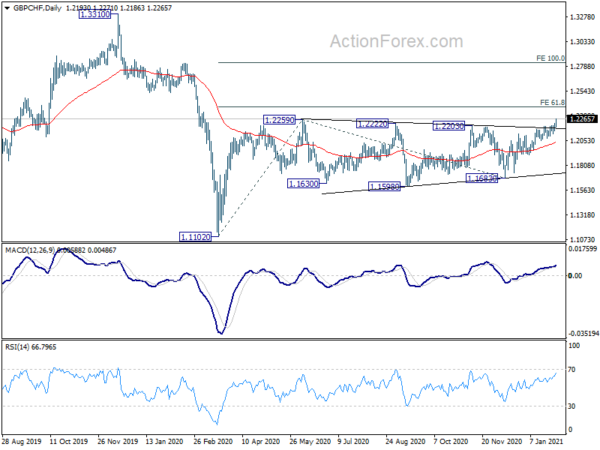
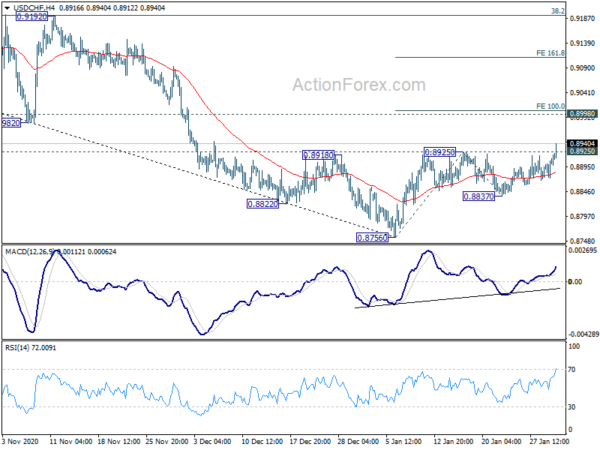
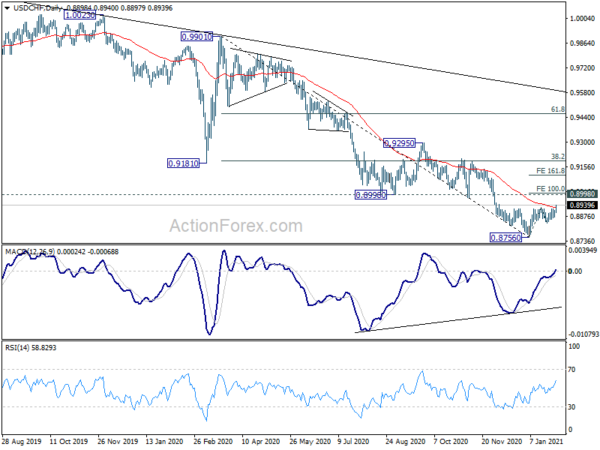

Suga won parliament approval as PM, key ministers stay in cabinet
The Japanese Lower House of Parliament approved the appointment of Yoshihide Suga as the new Prime Minister. Roughly half of Shinzo Abe’s ministers remained in Suga’s cabinet. Taro Aso remains as Finance Minister and Toshimitsu Motegi kept his job as Foreign Minister. Also, Yasutoshi Nishimura stays as Economy Minister while Trade and Industry Minister Hiroshi Kajiyama also retains his post.
The signals are clear that Suga is going to continue with Abenomics and presses ahead with the reforms. Though, a new term “Suganomics” emerged as eventually, Suga is going to make is own marks, as least in some of the policy mix.